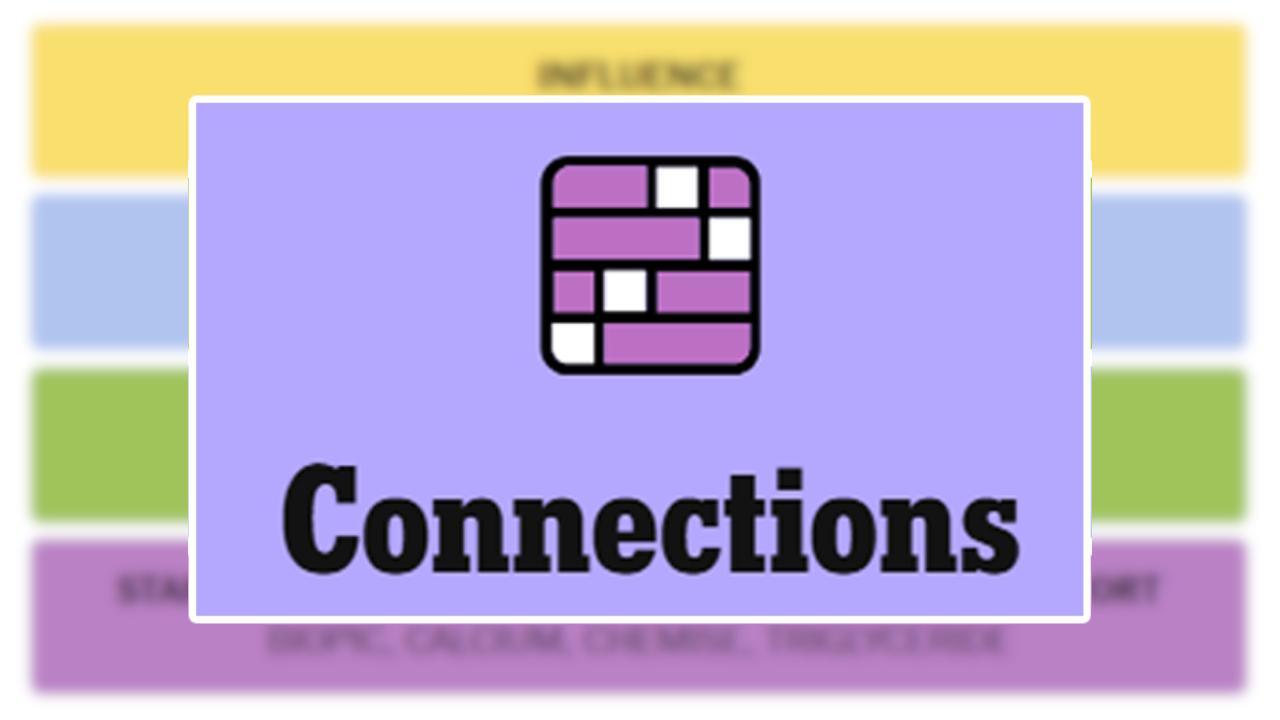Ethan Batraski is a general partner at Venrock.
Everyone’s talking about AI. Every VC has an AI thesis. Every startup is “AI-first.” But this isn’t just another technology wave; it’s an expansion of human capability at a scale we’ve never seen before.
The opportunity isn’t in the obvious places. While everyone focuses on making existing software smarter, the true revolution will happen in domains where no software exists today—high-stakes strategy, complex medical diagnoses, deep research-based exploration—spaces currently limited to human intelligence and creativity.
Today’s AI companies are already delivering remarkable value. But current AI, as impressive as it is, still faces fundamental constraints. Models reset with each conversation, limiting their ability to learn over time. They’re confined mainly to API interactions rather than operating fluidly across tools and systems. They’re still too computationally intensive to run efficiently at the edge. And they’re largely disconnected from the physical world.
These aren’t criticisms—they’re opportunities. Each limitation points to massive new markets waiting to be unlocked.
We are entering an era where systems will be reliable enough for mission-critical work and specialized enough to develop true domain expertise. They represent not just automation of existing processes but a fundamental expansion of what’s possible.
And for it to happen, it will require a major technical inflection point.
Critical Shifts Ahead
We’re seeing early signs of 10 critical shifts that will bridge this gap, each representing both a technical challenge and a massive opportunity.
Going Beyond Software
1. Expansion Beyond Today’s Software: Today’s AI focuses on making existing software smarter. The shift is pushing into domains where only humans operate today—strategic negotiations, creative problem-solving and high-stakes decisions—expanding into the $20 trillion market of human expertise that software has never touched.
2. Digital-Only To Physical World Integration: Today’s AI is limited to digital inputs like documents, images and text. The shift is to seamless integration with the physical world through sensors, real-time data and direct control of physical systems.
Operational Agency
3. From Copilots To True Agents: Today’s AI works as a helper, suggesting completions and spotting errors. The shift is to autonomous agents that architect systems, orchestrate research and execute complex scenarios based on high-level objectives, allowing humans to direct AI agents that handle technical complexity.
4. Agents Operating Tools And Interfaces: Today’s AI is limited to processing information about software through APIs. The shift is to AI that directly operates digital interfaces—typing, navigating, executing—transforming AI from an advisor into an agent that actually gets work done.
Continuous Intelligence
5. Memory Determines Intelligence: Today’s AI has encyclopedic knowledge but complete amnesia between conversations. The shift is to true persistent memory (as demonstrated in our analysis of the Titans paper) that maintains critical information, updates understanding and builds expertise.
True Domain Understanding
6. From Blind Scaling To Deep Comprehension: Today’s AI processes more text but gains no deeper understanding. The shift is to systems that learn underlying concepts and semantic relationships, enabling AI to reason about novel situations and generate real insights rather than just pattern matching.
7. RAG As The Anti-Pattern: Today’s AI uses retrieval-augmented generation as a Band-Aid solution for knowledge integration. The shift is to deep integration of knowledge into the core model architecture, moving beyond better search to genuine understanding, enabling expert-level performance.
Open And Trusted
8. From Cloud-Dependent To On-Device: Today’s AI requires massive GPU farms, making it too slow and expensive for most uses. The shift is to edge AI running locally with instant responses, total privacy and economical scaling, making AI practical for everything from mobile apps to industrial systems.
9. Built In The Open By Default: Today’s AI progress happens in isolated labs behind closed doors. The shift is to breakthroughs happening in the open, with value created through implementation, accelerating innovation while enabling focused competition on actual solutions.
10. Deterministic, Auditable Outputs: Today’s AI gives different answers to the same question, making it unusable for serious applications. The shift is to deterministic, auditable behavior with clear reasoning chains, enabling AI deployment in high-stakes environments.
From Technical Shifts To Market Transformation
These breakthroughs will boost AI’s capabilities. The companies that understand and build on these shifts now will define the next decade of AI.
For example, in financial services, imagine an AI analyst that doesn’t just process quarterly reports but builds true expertise, synthesizing every earnings call, market movement and news event into an ever-deepening knowledge base. It executes complex financial models across multiple systems, maintains perfect audit trails and generates sophisticated investment theses. This isn’t about better data processing—it’s about true market understanding and causal reasoning that matches expensive senior analysts.
In healthcare, we’ll see AI systems that maintain an understanding of a patient’s medical history while integrating real-time data from medical devices and monitors. They’ll understand complex interactions between conditions, medications, and treatments over time, often outperforming doctors (minus a select few), and operate medical imaging equipment, guide long-term planning, and maintain perfect documentation while ensuring compliance. We’ll also see AI systems remove administrative costs, complexity, and hassle by obviating the need to verify eligibility, appropriateness, cost-effectiveness, and byzantine codes for everything. This will allow the industry to save an enormous amount of money, become dramatically more efficient, and improve excellence, eliminating many medical and administrative errors.
The impact will be profound. Entirely new categories of products and solutions will emerge. AI systems will run everywhere—from massive data centers to the smallest edge devices—with total privacy and security.
Looking Forward
The transformation ahead isn’t just about better software; it’s about expanding human cognitive capability in ways previously confined to science fiction. The next wave of billion-dollar companies will be built on these breakthroughs. They will make today’s AI look like a pocket calculator compared to a modern computer. And we’re just getting started.
Forbes Technology Council is an invitation-only community for world-class CIOs, CTOs and technology executives. Do I qualify?








